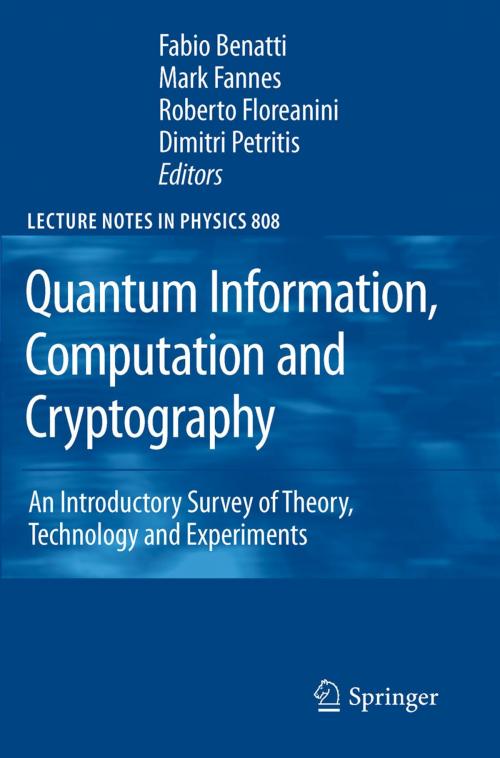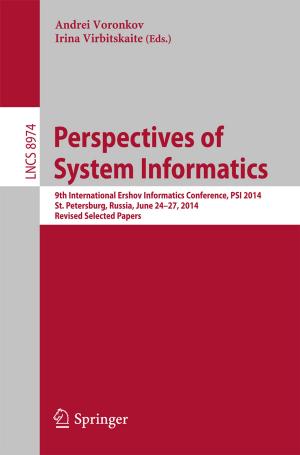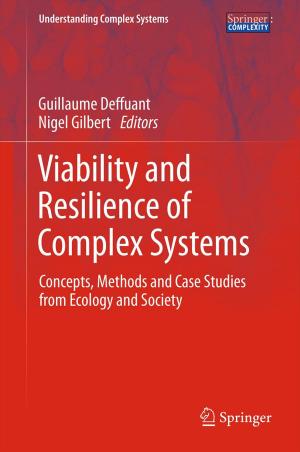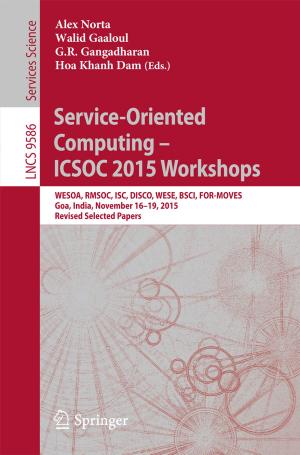Quantum Information, Computation and Cryptography
An Introductory Survey of Theory, Technology and Experiments
Nonfiction, Science & Nature, Science, Physics, Nuclear Physics, Quantum Theory| Author: | ISBN: | 9783642119149 | |
| Publisher: | Springer Berlin Heidelberg | Publication: | July 23, 2010 |
| Imprint: | Springer | Language: | English |
| Author: | |
| ISBN: | 9783642119149 |
| Publisher: | Springer Berlin Heidelberg |
| Publication: | July 23, 2010 |
| Imprint: | Springer |
| Language: | English |
This multi-authored textbook addresses graduate students with a background in physics, mathematics or computer science. No research experience is necessary. Consequently, rather than comprehensively reviewing the vast body of knowledge and literature gathered in the past twenty years, this book concentrates on a number of carefully selected aspects of quantum information theory and technology. Given the highly interdisciplinary nature of the subject, the multi-authored approach brings together different points of view from various renowned experts, providing a coherent picture of the subject matter. The book consists of ten chapters and includes examples, problems, and exercises. The first five present the mathematical tools required for a full comprehension of various aspects of quantum mechanics, classical information, and coding theory. Chapter 6 deals with the manipulation and transmission of information in the quantum realm. Chapters 7 and 8 discuss experimental implementations of quantum information ideas using photons and atoms. Finally, chapters 9 and 10 address ground-breaking applications in cryptography and computation.
This multi-authored textbook addresses graduate students with a background in physics, mathematics or computer science. No research experience is necessary. Consequently, rather than comprehensively reviewing the vast body of knowledge and literature gathered in the past twenty years, this book concentrates on a number of carefully selected aspects of quantum information theory and technology. Given the highly interdisciplinary nature of the subject, the multi-authored approach brings together different points of view from various renowned experts, providing a coherent picture of the subject matter. The book consists of ten chapters and includes examples, problems, and exercises. The first five present the mathematical tools required for a full comprehension of various aspects of quantum mechanics, classical information, and coding theory. Chapter 6 deals with the manipulation and transmission of information in the quantum realm. Chapters 7 and 8 discuss experimental implementations of quantum information ideas using photons and atoms. Finally, chapters 9 and 10 address ground-breaking applications in cryptography and computation.















